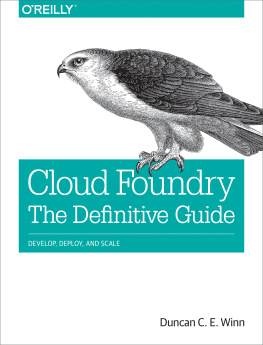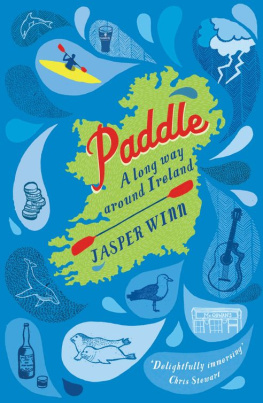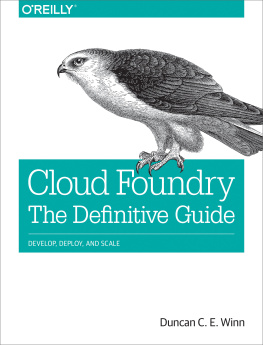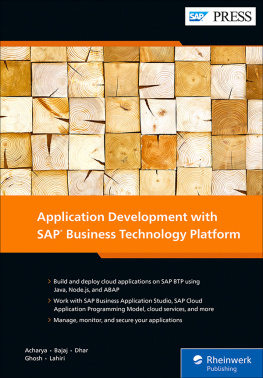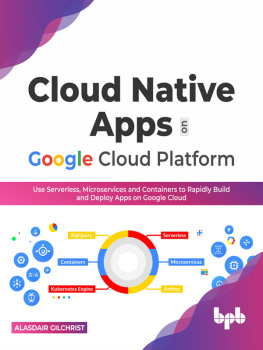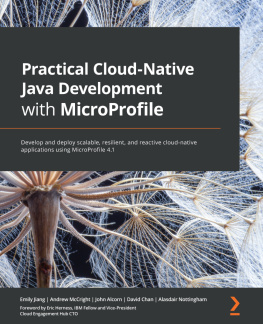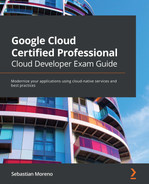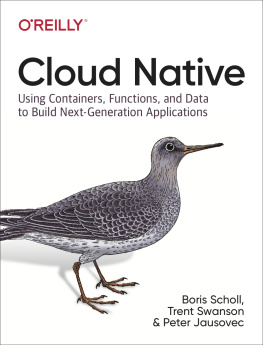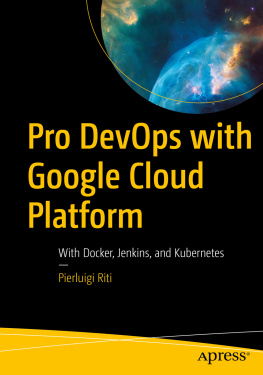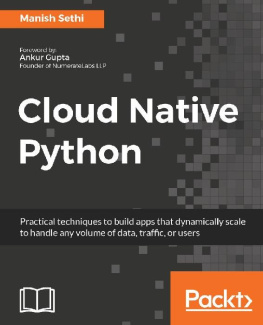To my daughters, Maya and Eva.
Dream BIG. The world awaits you...
Foreword
When we think of transformative innovation, its easy for our minds to grasp the tangible and overt technologiesthe television, the personal computer, the smartphone. These inventions are visible, material commodities that serve a physical purpose in our lives. These technologies start small and then eventually gain widespread adoption, at which point they change the way we interact and engage with the technologyand often with the world around us. When we talk about strides in technology to most people, these are the gadgets they envision: separate objects that can be picked up, plugged in, and turned off.
But for those of us who are quietly enabling digital transformation across multiple industries, we know what innovation can look like. It can be invisible and intangiblethe velocity behind a high dive into the pool. The operators and developers of the world no longer reside in the technology aisle. You are leading the change at every kind of company across every industry. Its one thing to demonstrate how a printing press increases the pace of printing papers exponentially. Its another thing entirely to explain how a platform that is not visible has the ability to transform a companys ability to compete in a quickly changing marketplace. This book is a resource for you as you lead the digital revolution within your organization.
This is undoubtedly a technical book devoted to the underlying concepts of Cloud Foundry and how it works, but it is emblematic of something larger at play. The author, Duncan Winn, has spent a career helping customers achieve more with technology. Most recently, at Pivotal, he helped customers implement, deploy, and get apps up and running on Cloud Foundry. He saw such incredible results that he took it upon himself to begin the project of cataloging, explaining, and evangelizing the technology. Duncan saw the monumental benefit of Cloud Foundry to everyone, from the business itself right down to the developer. He saw how cloud-native application, architecture, and development are driving and accelerating digital innovation, and that Cloud Foundry was the invisible platform that could take this process from days to minutes.
Cloud Foundry is dedicated to improving the ability of developers to code and deploy new applications. The collaborative nature of this open source project facilitates cooperative, interactive creation, driving innovation. A platform that expedites the deployment of applications does so with the understanding that an iterative approach to development enables a user-first mentality. Cloud Foundrys support of continuous delivery empowers developers to iterate applications based on user feedback, eliminating the need for late-night adjustments during limited change windows. It minimizes risk around release failure because incremental change is easier to perform and less drastic. In short, Cloud Foundry makes a developers job faster and easier.
Cloud Foundry is the standard for application platforms with the noble vision of unifying the market for enterprise software. Cloud Foundry: The Definitive Guide is an integral rulebook for building the software of the future and maintaining the momentum of digital transformation across industries. The power of open source is self-evident in the potency of Cloud Foundry, with a commitment to sharing and continuous innovation.
It is my hope that you use this book as your digital transformation encyclopedia. Read it, revisit it, learn from it, and challenge it. Cloud Foundry is for you.
Abby Kearns
Executive Director of
Cloud Foundry Foundation
Preface
Cloud Foundry is a platform that helps you develop and deploy applications and tasks with velocity. Velocity, as a vector quantity, is different from raw speed because it is direction aware. In our case, direction is based on user feedback. Application velocity allows you to adopt an iterative approach to development through repeatedly gaining fast feedback from end users. Ultimately, this approach allows you to align your products, user requirements, and expectations. This book covers Cloud Foundrys technical concepts, providing a breakdown of the various platform components and how they interrelate. It also will walk you through a typical setup of BOSH (a release-engineering tool chain) and Cloud Foundry, and unpack the broader considerations of adopting Cloud Foundry for enterprise workloads.
Like all distributed systems, Cloud Foundry involves various levels of complexity. Complexity is fine if it is well defined. Cloud Foundry does an excellent job defining its internal complexity by providing explicit boundaries between each of its components. For the most part, this removes the need for the platform operator to deal with Cloud Foundrys internal complexity. However, there are still many other factors to consider when running Cloud Foundry; for example, choosing your underlying infrastructure, defining your networking architecture, and establishing your resiliency requirements. These concerns are environmental, relating to the ecosystem in which Cloud Foundry resides. Getting these concerns right is essential for reliably handling business critical workloads. Cloud Foundry: The Definitive Guide aims to tackle these environmental considerations and decision points that are required for configuring and running Cloud Foundry at scale.
In addition to unpacking the various considerations required for running the technology, this book also explores the concepts surrounding Cloud Foundry. My goal is to provide the necessary content for understanding the following:

